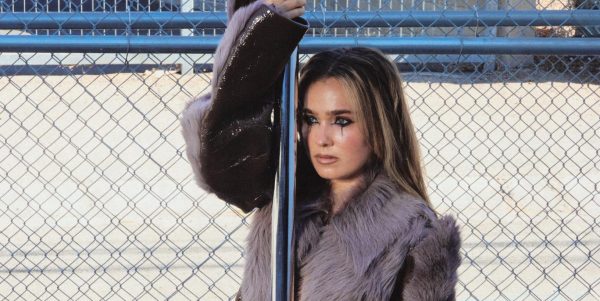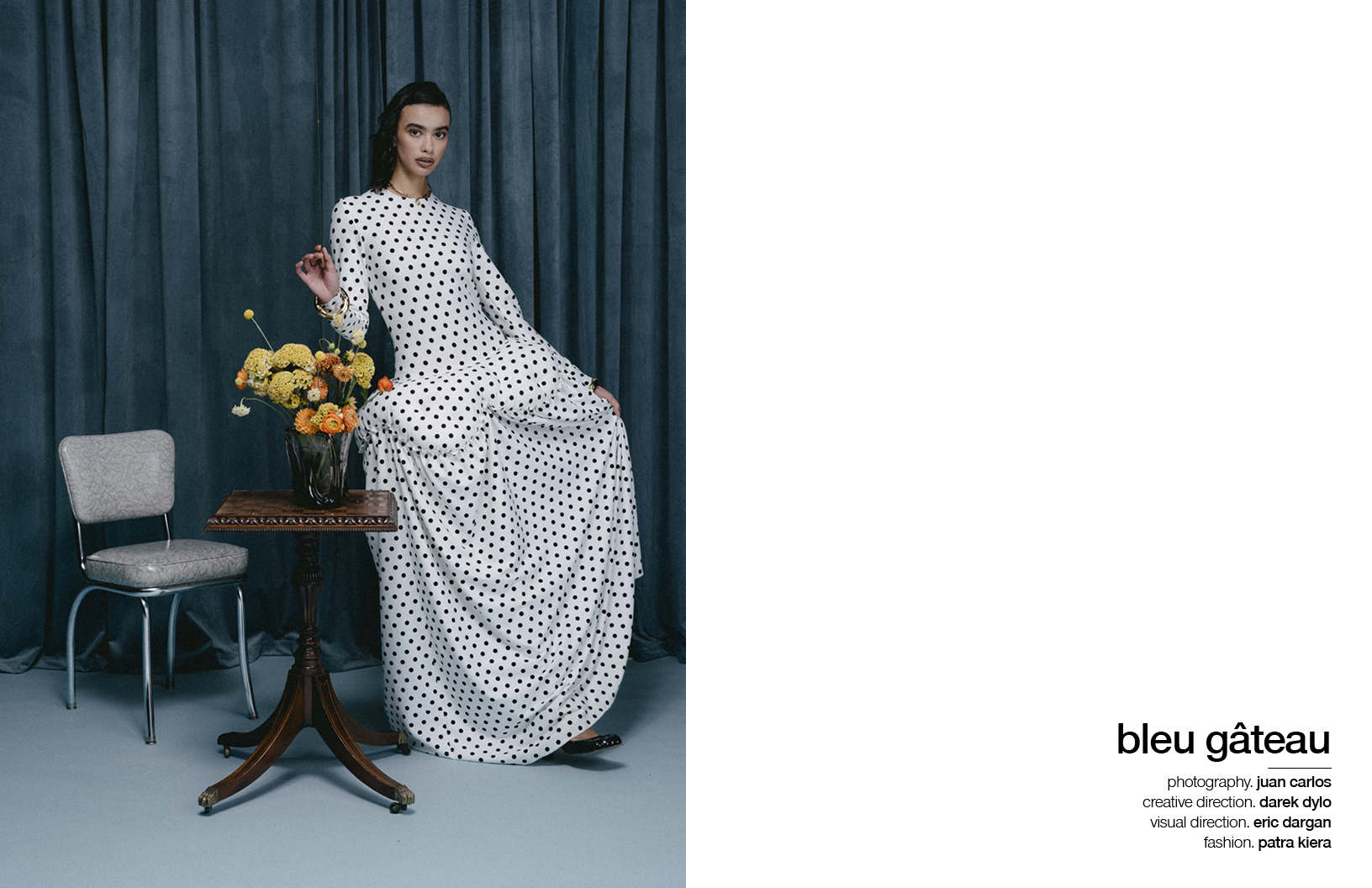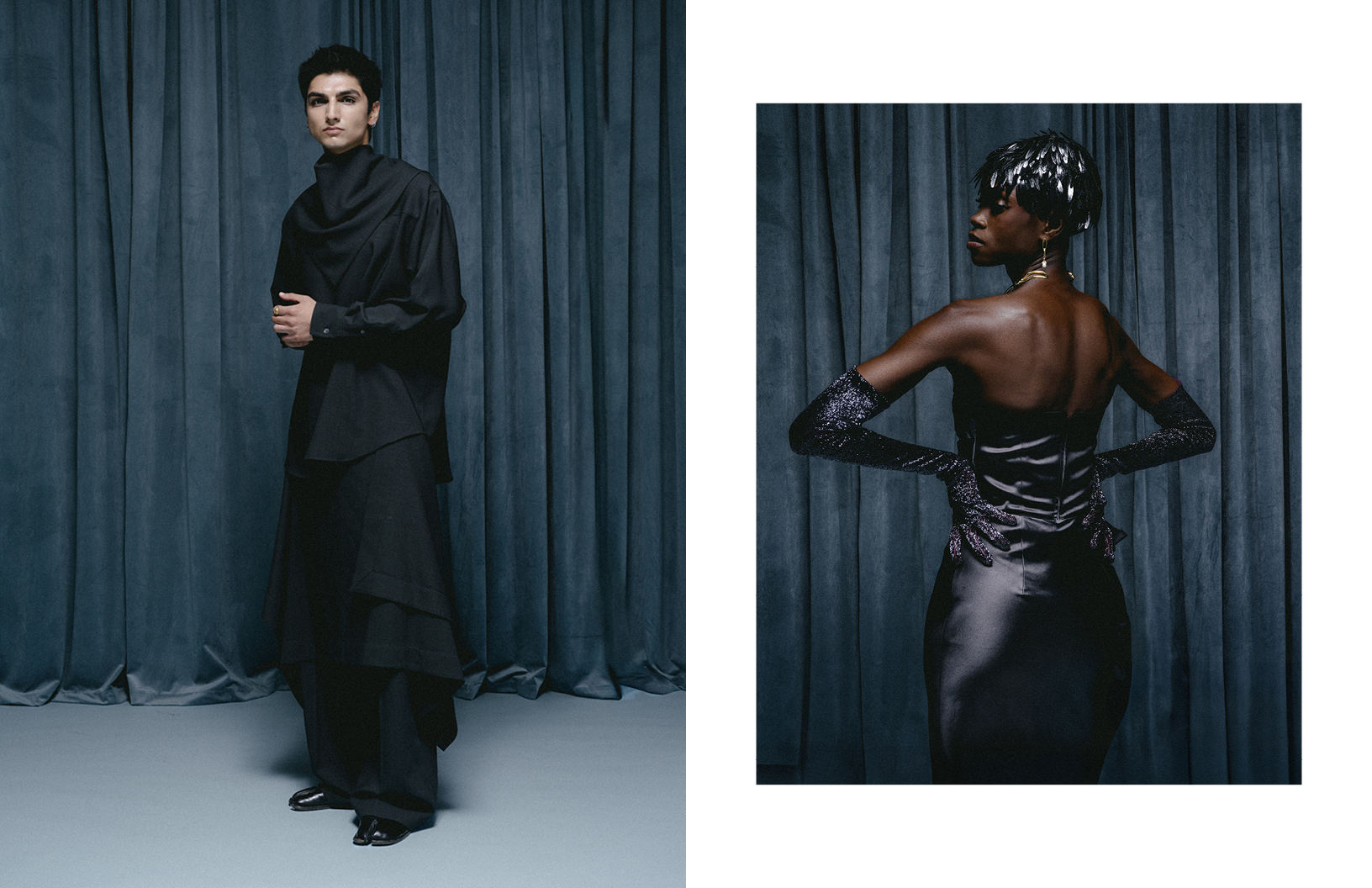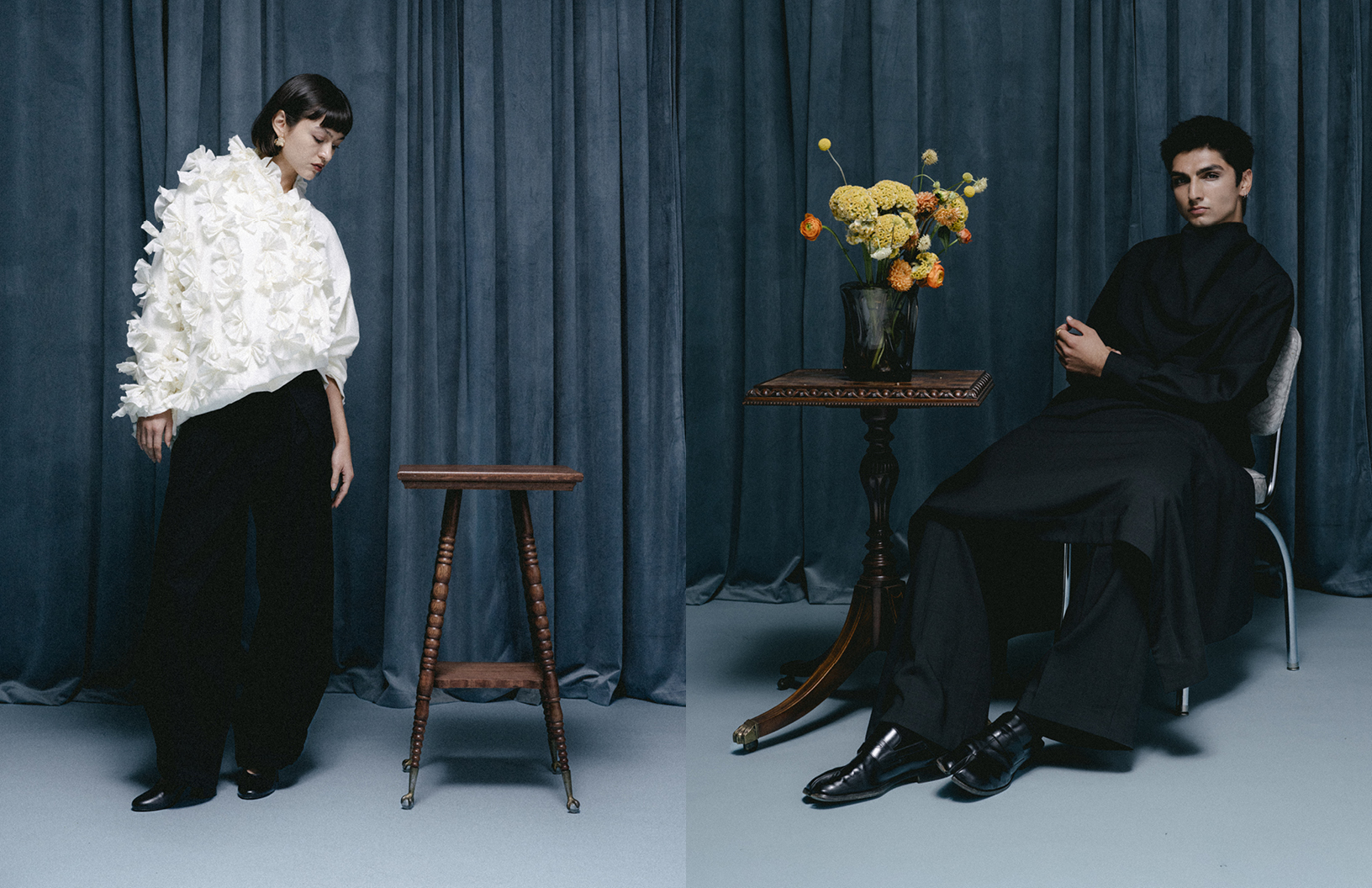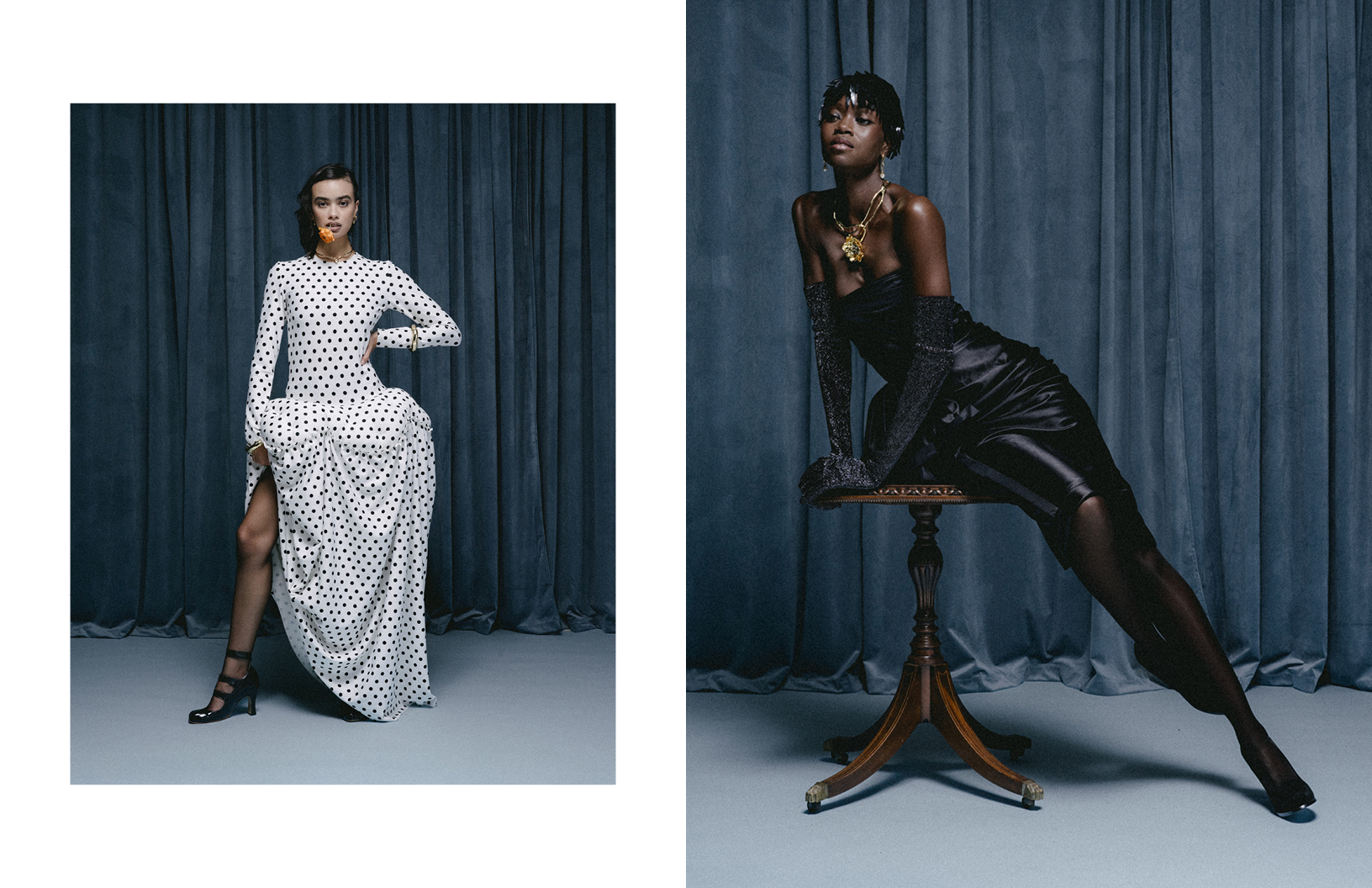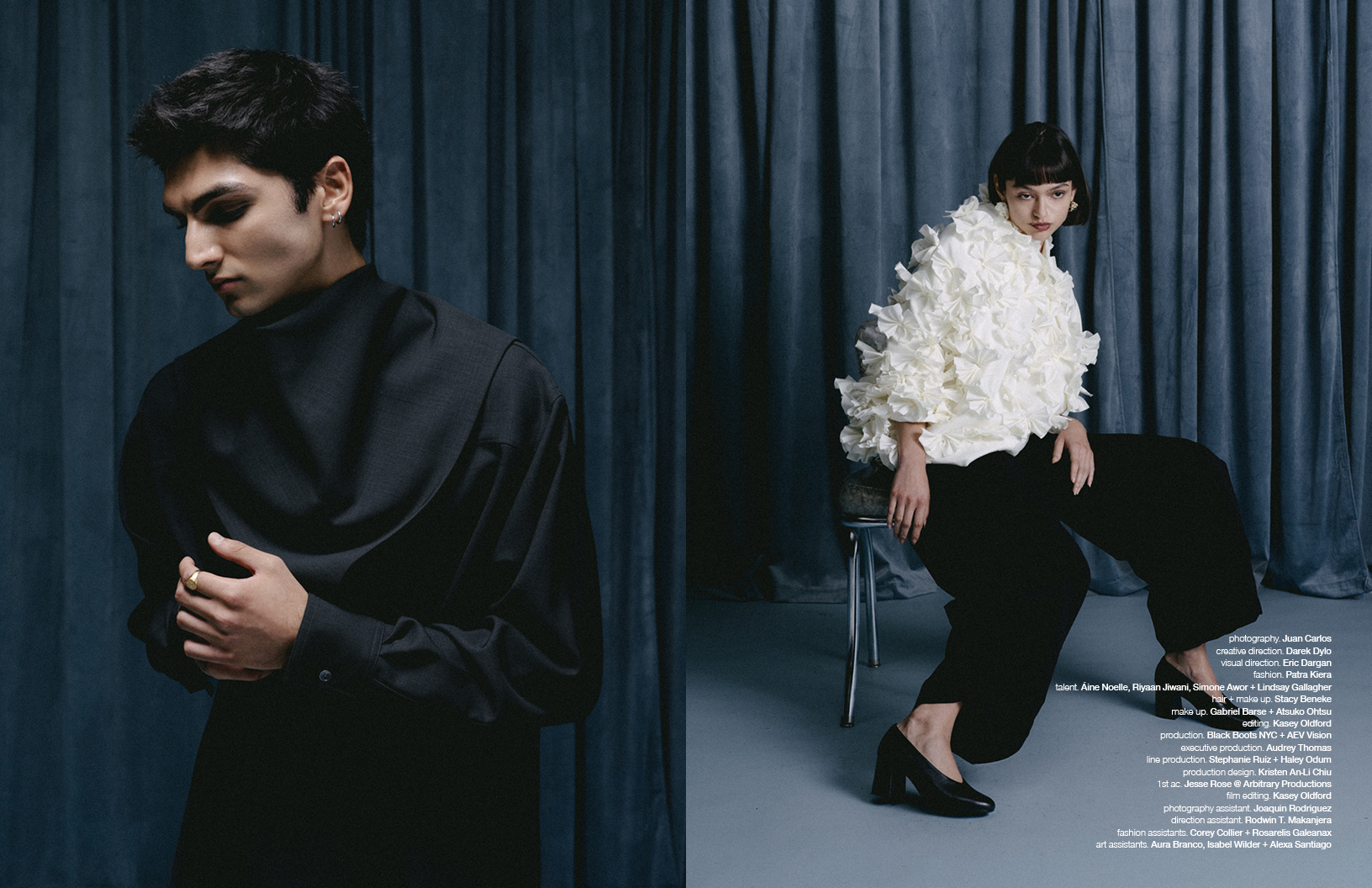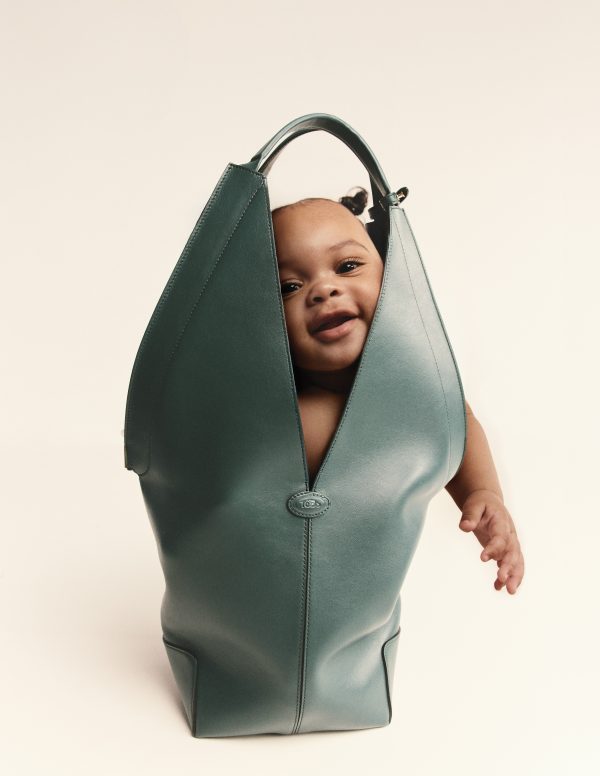A pivotal moment in the global fashion calendar this year, the men’s shows in Paris were the first of the industry’s appointments to be held in the French capital since the attacks of November 13th. Other than reinforced security measures and an overwhelming sense of silence and respect for the city’s loss, collections across the board seemed to proffer an olive branch, a wish for a more peaceful world; a moment of respite seemed to be what designers were yearning for. Whether it be reflecting the insecurity and vulnerability of the individual, or proactively asserting a desire for change, collections this season were largely crafted in response to situation, space and place. How does fashion respectfully pay tribute to such overwhelming grief? How can Kenzo’s 400 strong Parisian choir signify solemn respect? Or can Rei Kawakubo’s flower-bearing soldiers of peace really instigate political resistance, in the face of such loss and devastation? Ignoring the social and cultural impact of political devastation was untenable, so, one by one, Paris’ creators brought out wreaths in vestimentary form, paying respect for the city playing host to their work, art, creation. Missives for peace and music to alleviate suffering brought forth one of the capital’s most political seasons of the past years.
A highly anticipated moment this season was Raf Simons’ return en force to his own line, this being the first collection post-Dior resignation. As could be expected, an exceptionally well-curated juxtaposition of references – both cultural and social – presented a deconstructionist collection. Aged, patched and worn pieces open up the temporal frame of clothes (where the one-dimensional “brand new” usually presides in fashion), playing on the notion of memories, emotional attachment and physical occupancy of those very fragile shells. Striding through a complex labyrinth of contorted wood, models emerged like a Giacometti figures – forlorn and helpless in situation and space.

Walter Van Beirendonck / Photography Nicole Gomes
Taking a step further in the process of politicising clothes, Walter Van Beirendonck’s collection bore the branded statement WOEST throughout, Flemish for “furious”. Following on from his Stop Terrorising Our World of last season, Van Beirendonck re-asserted the agency of clothing, shrouding his models in industrial prints, chaining their faces in metallic jewellery and closing on a full black look – a sort of mourning for world peace, set against a city in pain, if you will. A definite departure from the usual colourful glee that can be expected of the Flemish frontrunner.
As to be expected, French identity and its resistance to threat took centre-stage over a variety of shows. Before jumping to cynical conclusions of there being any possibility of thematic stunts, purely devised for PR purposes, this poetic gesture for peace came forward as a reassuring endeavour. For his Louis Vuitton collection, Kim Jones celebrated the past, present and future of Paris. Brilliant Cocteau inspired prints brought to life dreams of a Parisian utopia – one that has always been animated by its mystical population of artists, writers, poets. Sleek lines of trenches, combined with emblematic berets, accentuated visions of a dapper Art Déco Paris, one that we all like to cherish in darker hours. A Volez Voguez Voyagez emblem branded pieces – paying a clever tribute to the current Vuitton retrospective at the Grand Palais – encouraging escapism in moments of pain.
Yohji Yamamoto cajoled and wrapped his models in protective layers, all encased in enigmatic slogans, among which Corporate Motherfuckers and Help Me I’m Too Hot stood proud. Enigmatic as it may have seemed, the soundtrack held the key – bringing sense to dissonance – as the words Stand By Me were interjected, repeated, dissected. Standing strong against dehumanisation, brought on corporate and political megalomania, Yohji nestled his collection in a moment of pure human instinct – that of the need for protection, notably through fraternity. A message to hold close to heart as rupture is rife.
For her Comme des Garçons Homme Plus collection, Rei Kawakubo brought together an army of models dressed in “Armour for Peace.” Padded, patched details softened seams and lines on purposefully rounded tailoring. As if dressed in armour, Rei’s warrior figures were assembled totalities of delicate textures, presented with unequivocally life-loving, peace-thriving floral headpieces. Concluding her show on a ceremonial parade of flower bearers, Rei championed the emotional reserve of the proceedings, offering a moment of humane respite, when the fashion Show Must Go On verve was overpowering. A moment to breathe, and to hope for better.
In a similar vein, Kenzo opened the Saturday schedule with a breath-taking performance from a 400 strong choir, built of singers who came together from the four corners of the French capital. United in song, models displayed minutely prepared ensembles, presenting tiny Eiffel tower details, peace symbols and colourful baubles. Youthful and music-driven, the collection paid tribute to the potential to bring together through music. As the relay was passed onto New York, the lingering lines of Janet Jackson’s reworked Rhythm Nation made a lasting impact: Humberto Leon and Carol Lim’s bid for peace beautifully consolidated the collective sense of hope seen over the past few days.
Words / Patrick Clark
Follow him here.
Discover the latest issue of Schön!.
Now available in print, as an ebook, online and on any mobile device.





















